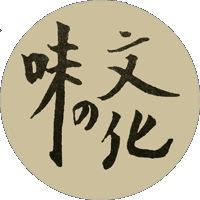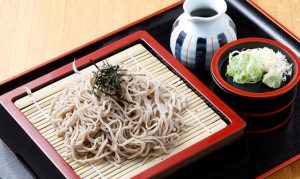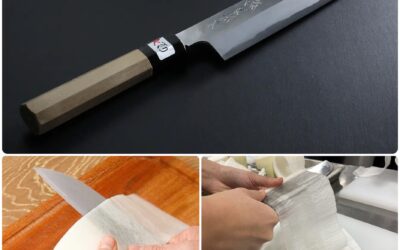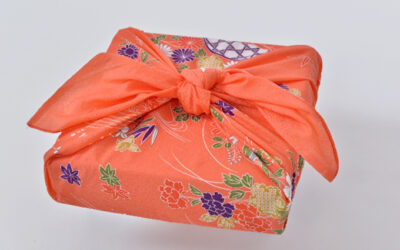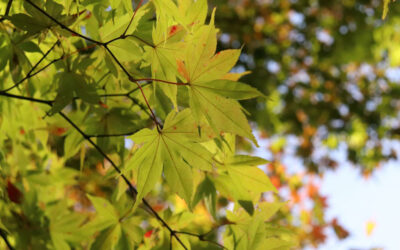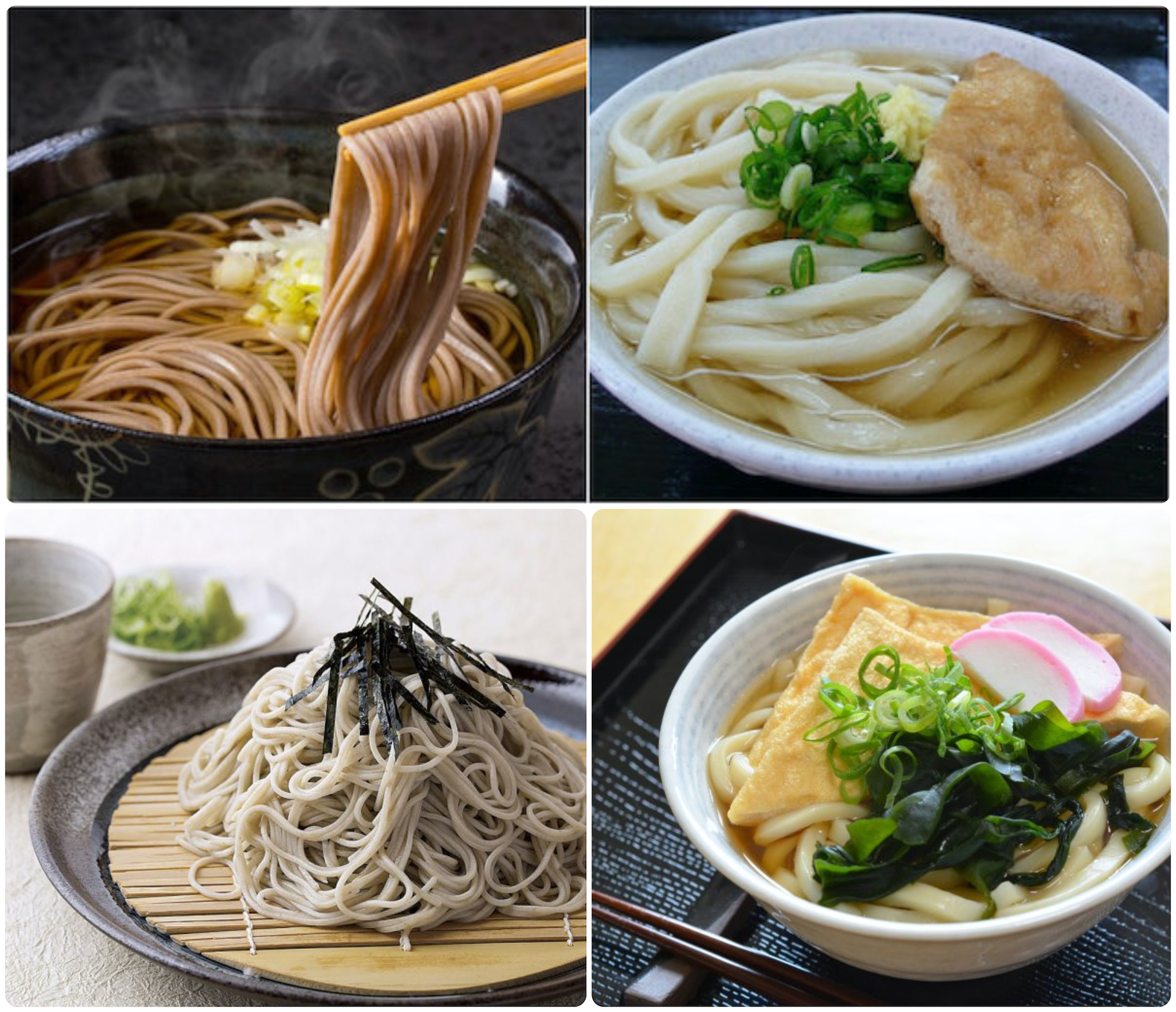
Year-Passing SOBA… New Year-Welcoming UDON
The Japanese bid farewell to the current year by slurping l-o-n-g noodles at midnight. Though most areas of Japan eat soba, calling the noodles toshi koshi (year-passing), those hailing from the Sanuki region eat udon. After all, Sanuki (Kagawa Prefecture and parts of Tokushima and Ehime on the island of Shikoku) is famous for its thick, slithery white udon noodles.
My “roots” in Japan are in the Sanuki — my husband’s family in Kagawa, and my mother-in-law was from Ehime. For my first oshogatsu (New Year holiday) spent in Japan more than 50 years ago I was pleased to eat udon on Omisoka (大晦日New Year’s Eve) not realizing it was different from the national norm.
In more recent years (2008), the Sanuki Udon Promotion Board (さぬきうどん振興協議会) began a campaign to establish a new ritual called toshi aké udon 年明けうどん, starting-the-new-year-with-udon, eating it on New Year’s Day (元日 Ganjitsu). The Andoh household, like many Sanuki-based families, now happily eat udon both to note the passing of the old year and to welcome in the new!
Feel free to choose your preferred noodle for Omisoka, Ganjitsu and beyond. Basic recipes can be downloaded below.
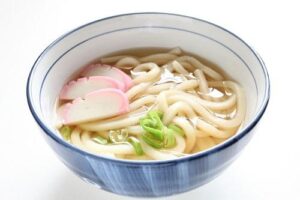
UDON Noodles
DOWNLOAD instructions for making your own Home-Stomped UDON Noodles . Or, for those who prefer to buy already-made noodles, here is a GUIDE to Cooking Store-Bought Udon Noodles
SOBA Noodles
Most soba noodles are made from 80% soba (buckwheat) flour and 20% wheat flour; these are known as hachi wari soba (literally 80% soba). If you wish to make your noodle dish gluten-free you will need to buy jū wari soba, noodles made with 100% soba flour. Read labels carefully. To help you, DOWNLOAD this Guide to cooking Japanese SOBA Noodles
Then you can make your own CLASSIC Japanese ZARU SOBA & MORI SOBA
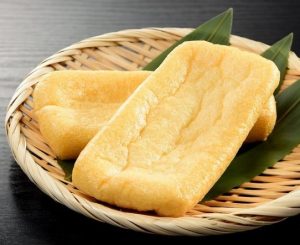
Foxy Fried Tofu
One of several toppings for udon or soba is abura age. When prepared with a slightly sweet soy sauce it is referred to as Foxy Fried Tofu or KITSUNE AGE.
Curious about Japan’s noodle-slurping culture?
Looking for tips to improve your technique?
Visit my Kitchen PROJECTS NOODLE-SLURPING blog post and read my December, 2024 newsletter.
